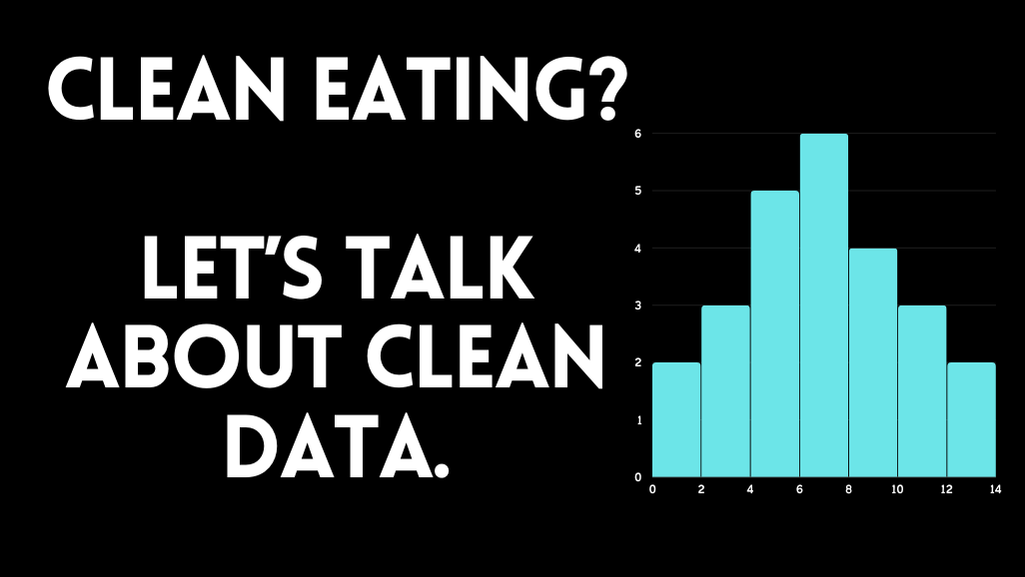One hallmark of a good handwritten campaign is using clean data. We’re highly diligent and tentative about this when putting together a list for your campaign.
Unless the client supplies through a CRM, most robot handwriting companies use some data list provider to get mailing lists.
The problem that we have seen firsthand is that the campaign is only as effective as the data.
We recently worked with a roofing client who used hail tracking software that could create data lists narrowed down to specific areas affected by large hail. This hail software partners closely with another handwritten card company to mobilize quickly shortly after the impact of the hail.
The idea sounds perfect in theory if all that data is accurate.
Except it wasn’t.
In fact, because it was local data, I was able to discern businesses on the list. One issue with the list is that several restaurants were listed that haven’t been in business for at least 3 years, some as many as 6 years.
That begs the question: Is this data at least 6 years old? Could 1/3 or even 1/2 of the list be useless data? And who’s paying to mail to all these outdated businesses? (Spoiler Alert: Not the automated handwriting company.)
Here’s what makes GhostHandwriter MUCH different from other automated handwriting companies: We care VERY MUCH about clean data for three reasons.
1. Quality Over Quantity
If you’re paying per card (which is how most charge), you want to pay for something other than trash.
In the example above, a significant portion of the data had to be cleansed. Most robotic handwriting companies don’t care to proof the work because they’re more interested in quick turnover and quick dollars.
We’re more interested in your campaign succeeding because happy clients are returning clients.
2. Legitimacy
In the age of social media, all it takes is one person to catch your mistake and blast your business on social media. Our machines are fascinating but not as intelligent as humans; therefore, we use humans to do quality checks for legitimacy.
For instance, sometimes our machines feed the paper past the writing margins and write off the card. A human would avoid making that mistake and continue writing past the margins for each message line. However, the robots will keep writing.
We catch our own errors and correct them before a piece is mailed out. We have known other companies to use automated stuffers (which are imperfect, too) and send out error-prone “handwritten mail.”
As the client, this looks worse for you since your name is on the campaign.
Furthermore, we decide with you where your mail should be postmarked. A client recently told us that a politician in his state had used another handwritten letter service and had the provider mail it from their local post office. The handwritten cards were postmarked from Phoenix, AZ, and this candidate was in Tennessee.
His incumbent outed him, and the story of his “handwritten campaign” made the local newspaper. Yikes!
3. Effectiveness
Even with the data we curate, we comb over it and make certain that the list looks clean. This might mean mailing to a household where the two adults have different last names and taking extra steps to ensure the salutation on the inside of the card (e.g., Dear John & Jane) and envelope correspond appropriately (e.g., John Smith & Jane Doe).
Sure, it requires extra work; however, it should be a given that high-quality work is to be expected.
The things we have to ask ourselves constantly when measuring effectiveness are:
- Does it sound like a human wrote it?
- Does the length seem believable?
- Does the spacing and angling look believable?
- Are we using humanistic naming conventions for messaging and envelopes?
These are just some of the small steps we consider and incorporate to ensure your campaign is ultra-effective.
Summary
Not all robotic handwriting companies are created equally. If you’re similarly meticulous and considerate in your work, please reach out or schedule a call to get rolling on your next handwritten card campaign.

